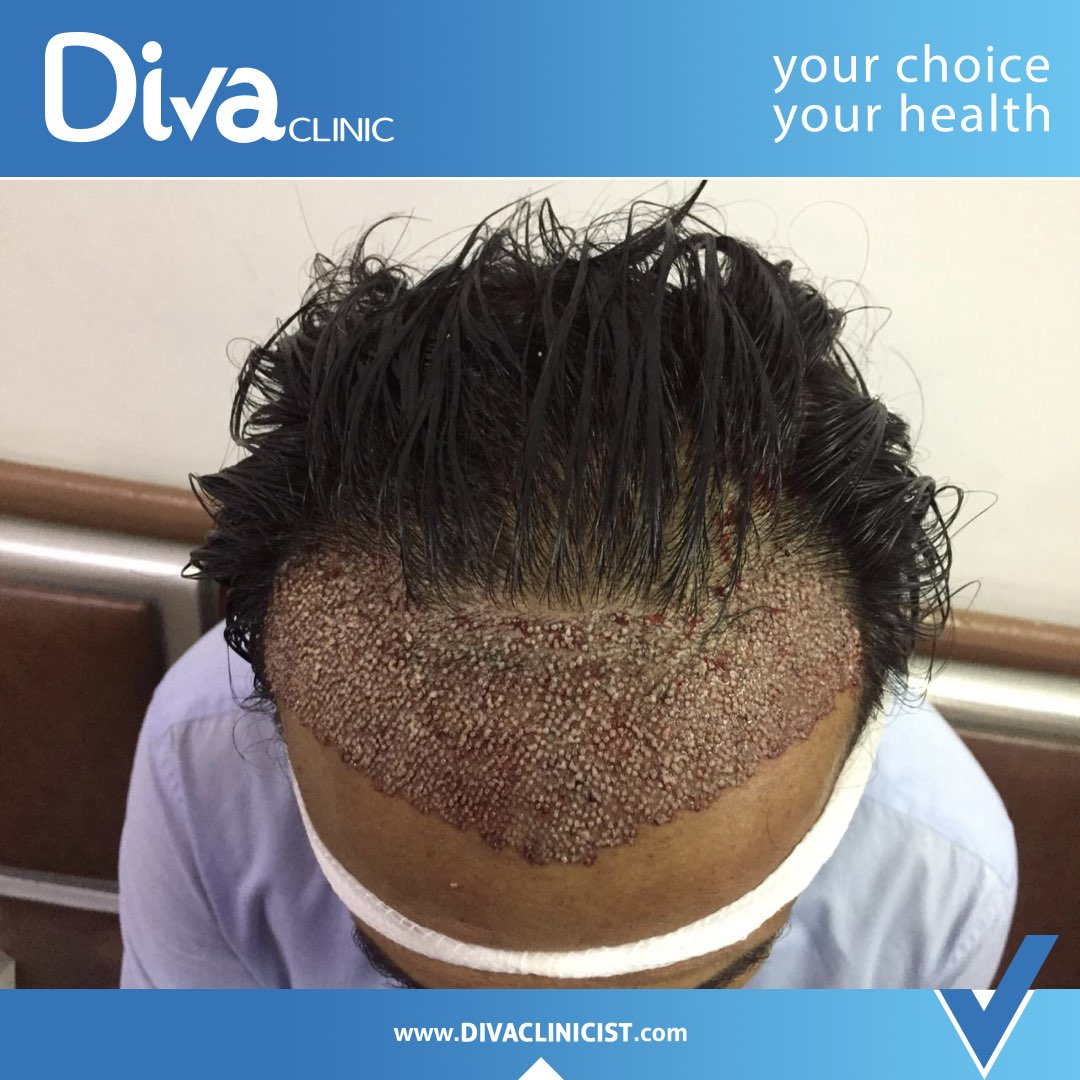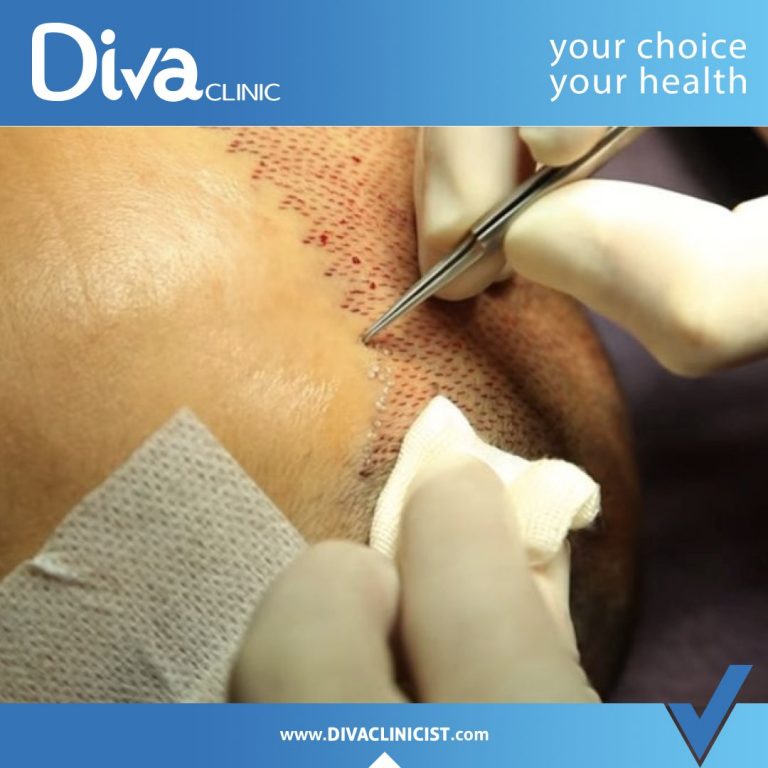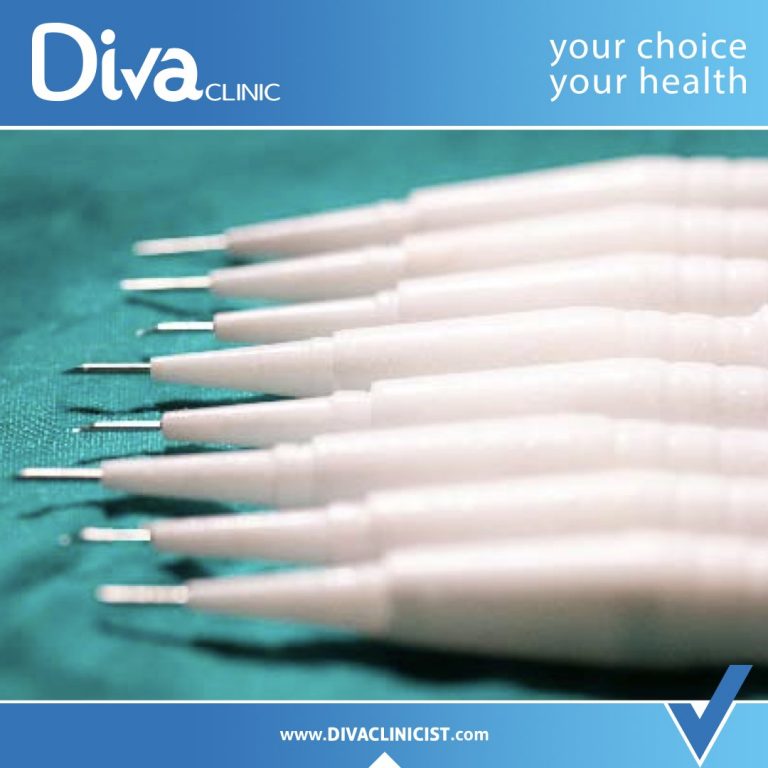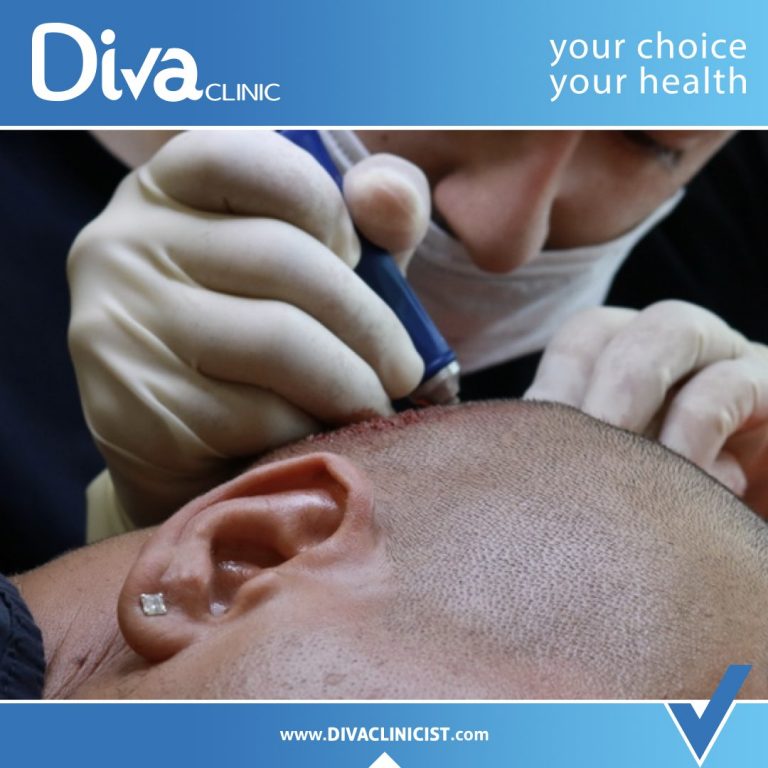A proper aftercare is important to assure the best results of a hair transplant procedure. While the patient does not need to stay in the hospital following the procedure, the patient must follow specific instructions to achieve the desired results, and to avoid any complications. Instructions such as:
- Avoid going out in the sun after the procedure or during the first stage of the recovery period.
- You must sleep with your head elevated at 45 degrees.
- Pay attention not to touch any of the grafts
- Clean your scalp in the right way, as advised at the clinic and wash your hair according to the guidance provided.
- You must not expose the head to harsh weather conditions during the first few days following surgery.
- Strenuous exercise must be avoided for at least six weeks.
- Smoking must be avoided or reduced for at least two weeks’ post-surgery.
- Adhere to the dosage of medication recommended by your doctor.
- Avoid any hair care products other than those recommended by your doctor.
- Avoid using hairspray, gel or having your haircut.
- In the event of complications, you should contact your medical consultant immediately.
Your doctor can provide you with additional instructions in accordance with any pre existing medical conditions. Moreover, the doctor will prescribe painkillers and medications to help you sleep, reduce inflammation and the chance of infection.
Hair styling tips
It takes several months for transplanted hair to grow back completely. As the hair grows you may need to change your hairstyle to match the growth of transplanted hair or in a way that covers the transplanted area.
You can use gel, hairspray, shampoos and other hair products 2 weeks after the procedure. Razors must not be used and scissors should be used instead. You must wait until the donor area heals completely.
Covering the head after her transplant
You can wear a hat after 7 – 10. Some experts in the field recommend waiting up to three weeks before wearing a hat. You must follow the recommendations of your doctor carefully. Also, care should be taken to ensure that the hat does not touch any of the grafts. If you need to cover your head before day six, you can wear a loose hat or a light cover, provided that it does make contact with the grafts. We usually recommend patients not to wear any hats during the first week after hair transplant. This is because the hat increases the risk of pressing and displacing grafts transplanted recently.
If any damage is caused on the grafts during the recovery period, it can create empty spaces on the scalp, which compromises the success of the procedure. Therefore, wearing a tighter hat can cause scalp irritations and graft damage, which is sensitive during the recovery period and should be avoided.
Avoiding Sun Exposure after Hair Transplant Surgery
Incisions made in any part of the skin become more sensitive to light. They are particularly sensitive to the ultraviolet rays reflected from the sun and from tanning beds. Sun exposure could hinder the healing process and result in excess scarring.
Transplanted skin is also unable to protect itself from sun exposure for at least a few months following surgery.
It can take several months for these cells to regenerate in the newly transplanted grafts. In the meantime, this leaves the transplanted skin at greater risk for sun damage.
Hair transplants involve several layers of the skin, not just the surface layer. While the epidermis, or surface layer, heals relatively quickly, it can take much longer for the deeper tissues to heal. Damage from sun exposure can penetrate the epidermis, damaging the underlying tissues and hair follicles that have not yet fully repaired. This could result in hair transplant failure.
In the first months following hair transplant surgery and before the transplanted hair grows back, your pre-existing hair may fall out, which makes the transplanted area appear light in density. This is not something to be concerned about. This is a transient process, meaning that the hair will grow back stronger.













